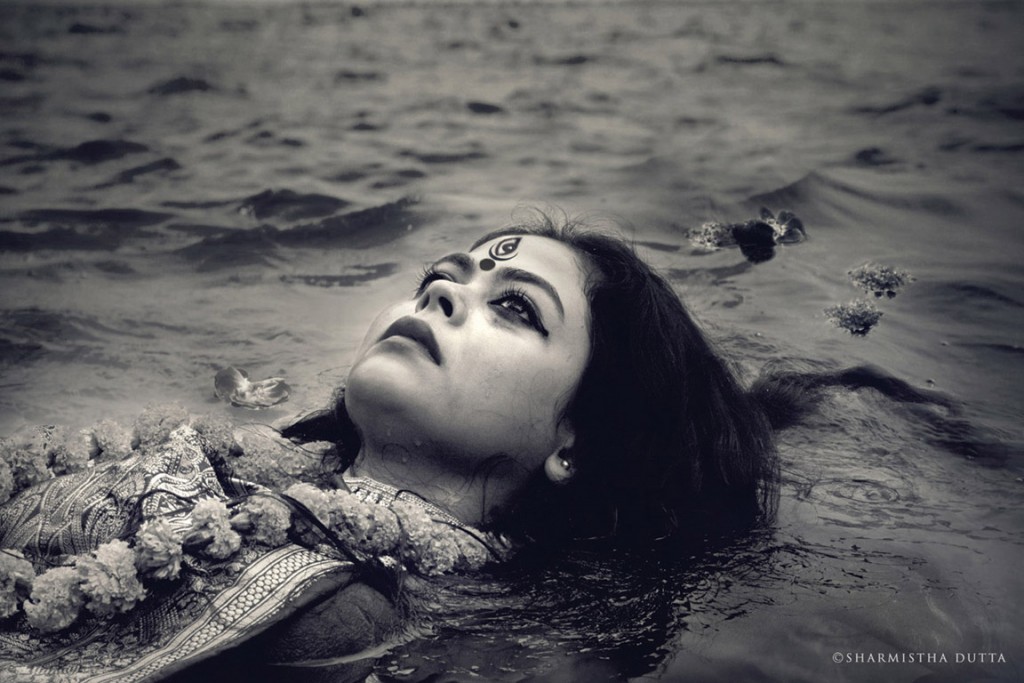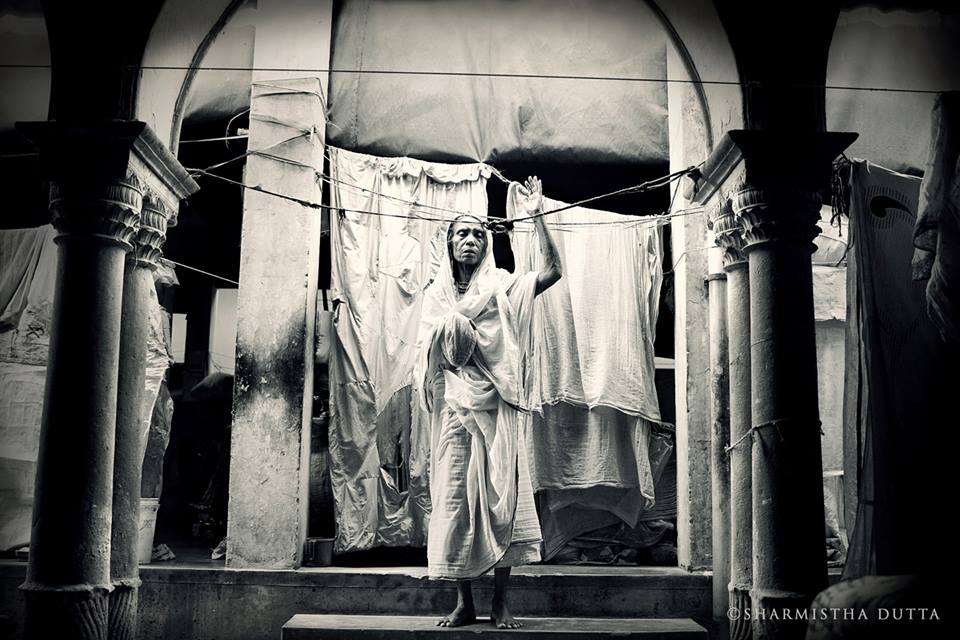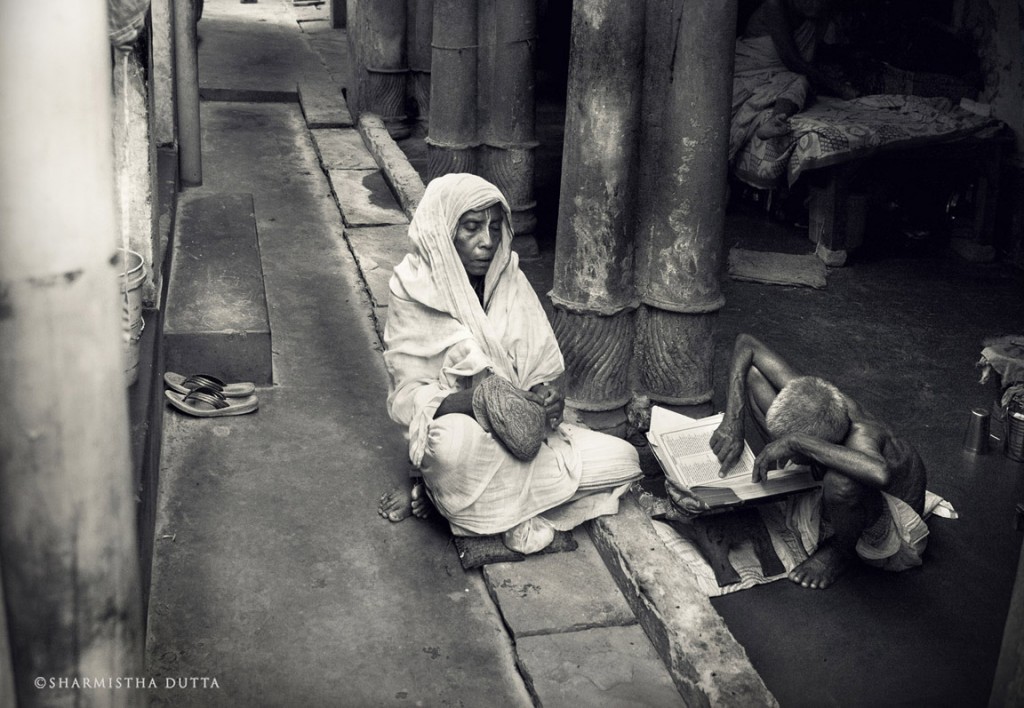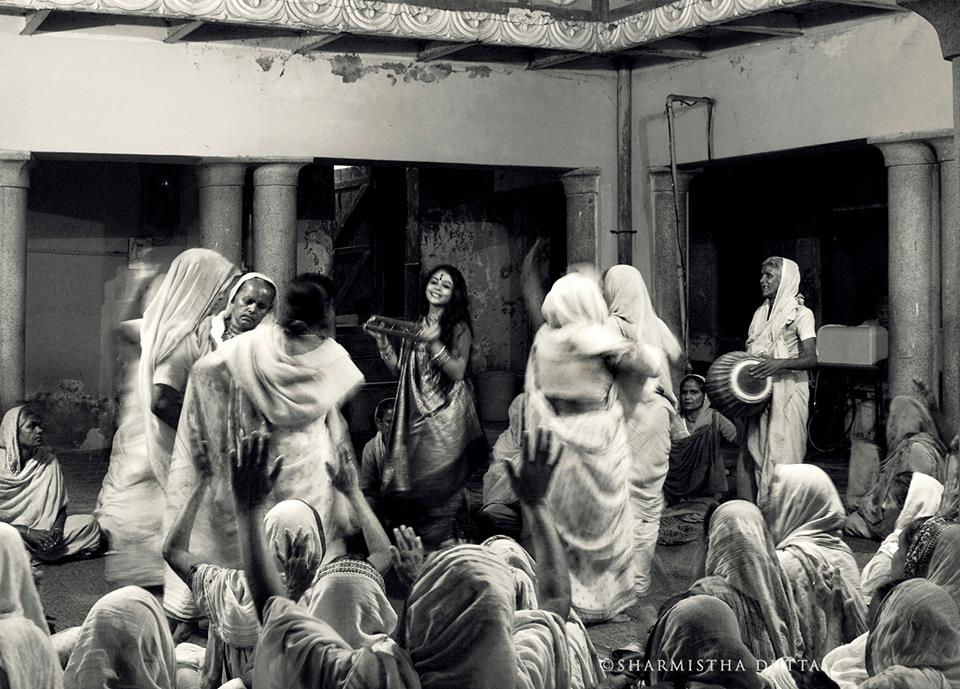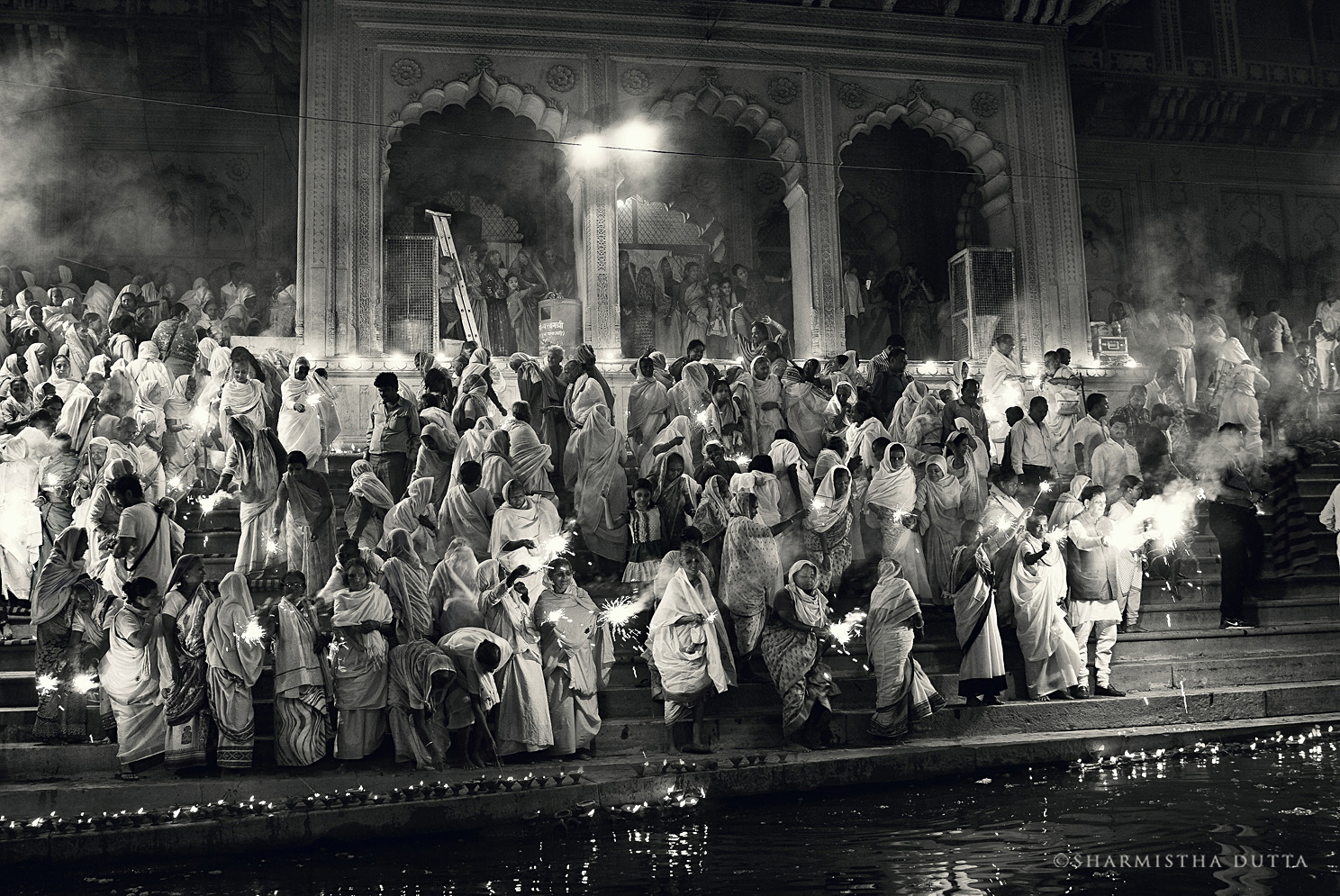“The biggest case of social injustice till today is one that is faced by widows”
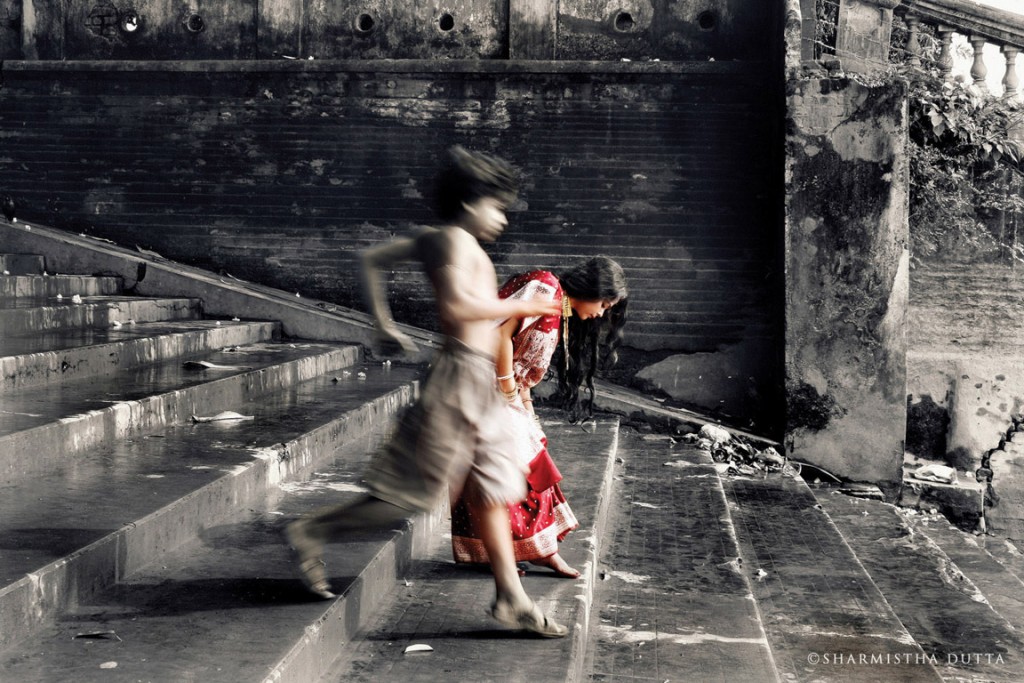 DURGA, a photography project by Sharmistha Dutta that addresses the apathy and gender inequality that exists against women, especially widows in India. WTO Reporter Roma Rajpal Weiß spoke to her on the plight of widows in India and the inspiration behind her project.
DURGA, a photography project by Sharmistha Dutta that addresses the apathy and gender inequality that exists against women, especially widows in India. WTO Reporter Roma Rajpal Weiß spoke to her on the plight of widows in India and the inspiration behind her project.
Please tell us about the concept behind the project.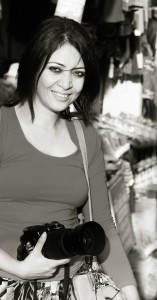
The project focuses specifically on the widows living in Vrindavan. I have been working on this subject since September 2012. There are two distinct parts in the story. One, that establishes Durga as the common woman, and the rest, which focuses on the widows. For the initial build-up to the story, I travelled and photographed in Delhi, Kolkata and Varanasi. The hard-core research work led me to Vrindavan, where I photographed the widows.
What inspired you to start this project?
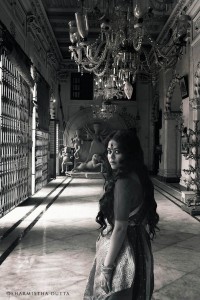 My journey into photography started 3 years back. Around the time India was going through a massive social turmoil and there was a sudden spurt in cases of violence against women and abuse of women’s rights. Somewhere it influenced my thought process immensely and forced me to look at the social status of Indian women in a critical way. While researching on the subject, it struck me that perhaps the biggest case of social injustice till today is one that is faced by widows. Their plight portrays a fine picture of neglect and social irresponsibility. Consequently I started working on my first ever photo project on gender bias and social discrimination in India.
My journey into photography started 3 years back. Around the time India was going through a massive social turmoil and there was a sudden spurt in cases of violence against women and abuse of women’s rights. Somewhere it influenced my thought process immensely and forced me to look at the social status of Indian women in a critical way. While researching on the subject, it struck me that perhaps the biggest case of social injustice till today is one that is faced by widows. Their plight portrays a fine picture of neglect and social irresponsibility. Consequently I started working on my first ever photo project on gender bias and social discrimination in India.
Please tell us how you went about the project.
Well the idea was to portray the condition of a certain section of women in our country, who are maybe the most neglected and subjected to so much discrimination. And thereby convey exactly how hypocritical our society is towards women. Once the concept was cracked, I went about planning how I was going to photograph the story. I decided on who would be the protagonist, who would play the part of Durga, where all I would need to shoot etc. It was important to look for locations and places that would give authenticity to the storyline.
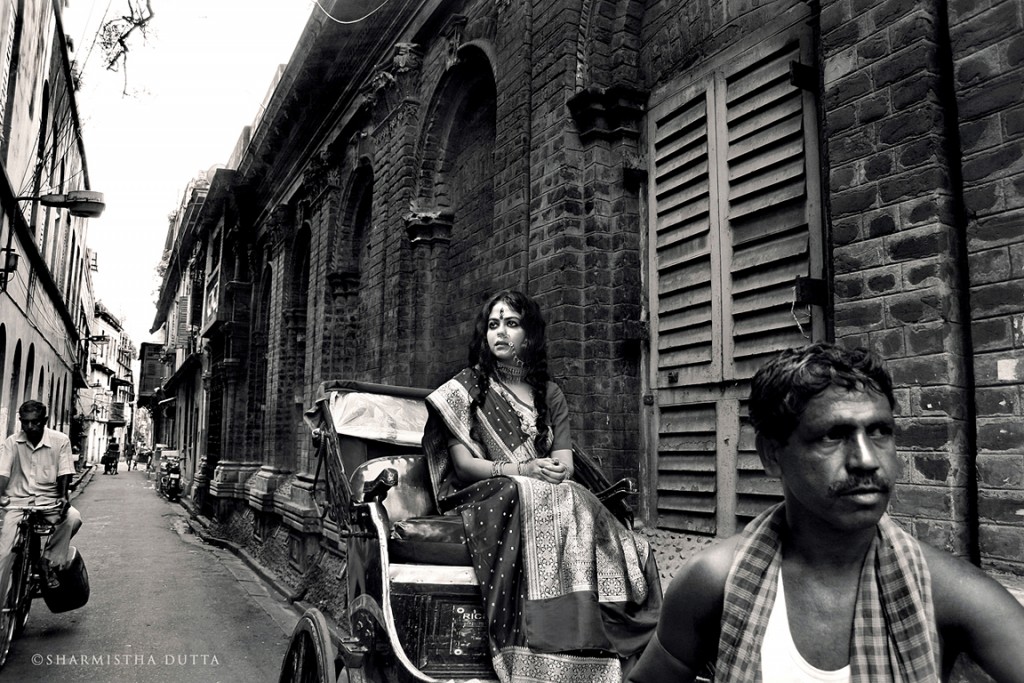
(This ongoing photo essay is an attempt at portraying women from all genres, in their true form, that is Durga, someone very powerful. It is a reminder for the common women to realize this power and person within her. My attempt is to connect and highlight every women’s issue with this, that deserves to be talked about and addressed)
For the initial build up to the storyline, where I establish that Durga is in the midst of every woman, Kolkata seemed just about right with its Old Colonial buildings, narrow lanes and cobbled streets. Ghats and lanes of Varanasi also provided a great stage for these shots. I also photographed at the widow homes of Vrindavan. Here I took the help of Sulabh International Social Service Organization.
They are doing commendable work of running several shelters and have adopted hundreds of widows in Vrindavan. Once my photography was completed, I got the story published in various channels in print media, Radio, TV, as well as social and online media. The idea was to create maximum awareness on the plight of these women and thereby make it a topic of discussion. The more the awareness, the more sustainable action in the matter.
How does Goddess Durga fit into the project? Please explain the connection between her and the widows.
The storyline has its roots in the Indian Mythology. According to Hindu Mythology, when the celestial gods or devās could not control the menace of the demons or asurās, they convened with the powerful trinity of gods, Brahma, Vishnu & Mahesh. It is their collective wrath that gave birth to this extraordinary woman. Thus, did Durga the invincible, come into being. She defeated the oppressive king of demons – Mahishāsura and restored balance to the world. This is how Durga is worshipped by Indians, the world over, as Stree shakti.
And yet, it’s crucial to see how a woman in the present world, finds her place in an increasingly patriarchal society of India. It is a place where her voice is deliberately muffled and she has to fight for an equal status – social, economic & even sexual – which the man so takes for granted. It must be strange for a society, such as ours, that idolizes Ma Durga and yet turns a blind eye to a million destitute mothers and wives, treating them with so much indifference and hostility.
In the story I show how Goddess Durga is in the midst of every women, whether she belongs to the upper echelons of the society, a common middle class working woman, a humble villager who works in the fields or even a widow, who’s so callously abandoned, once her husband dies.
Tell us about your experience in Vrindavan. What can be done to improve the plight of these women?
Well the biggest challenge is to tackle the mindset of people in our society. The outlook towards these women must change. Various social service organizations and NGOs are already working towards improving their living conditions, providing them with food, shelter and even financial aid.
I am working in collaboration with Sulabh International through this project. They have been doing a fabulous work towards the uplift and general wellbeing of the widows of Vrindavan. Not to mention how much effort has been put in by Sulabh to raise their social acceptability, by organizing and including them in various social celebrations like Holi, Diwali, Durga Puja etc.
Hopefully my humble project will reach out to the general public through Radio, TV, and Newspaper etc. It has got a lot of attention on social media. My objective is to generate public attention towards their vulnerability. I believe it’s not just the people living in rural India, who treat their widows and women badly, but it’s a practice that is also shockingly prevalent amongst the educated. It’s a mindset that we need to fight and change.
Interview: Roma Rajpal-Weiß
Editor: Marjory Linardy
WTO RECOMMENDS
A splash of color to break free
It was an eye-opener to return to Vrindavan, a holy and dusty town in northern India steeped in the lore of Lord Krishna. For years, this town, christened the ‘city of widows’ has been the home of women from many parts of the country’s rural hinterland, particularly from West Bengal. (From March 19, 2014)
Where divorce is an adjective
“Isn’t she lovely,” I said. “Yes, she is, but you know, her mother is divorced,” came the reply. This was the first indirect introduction I got to a 30-year-old female colleague. What she does, who she is, became redundant when people spoke of her. That her mother was divorced was the key piece of information that defined her for others, at least when she was not part of the conversation. And I thought to myself, that is probably how people will introduce my daughter someday… (From January 2, 2013)
India’s single women
“What you think, you become… If you think you are weak, then you are. If you think you are strong, then that’s what you become. Women are not empty vessels that someone will fill our lives with empowerment. We have to draw on our inner strength first, as the power to bring change lies within ourselves.” (From August 20, 2014)



